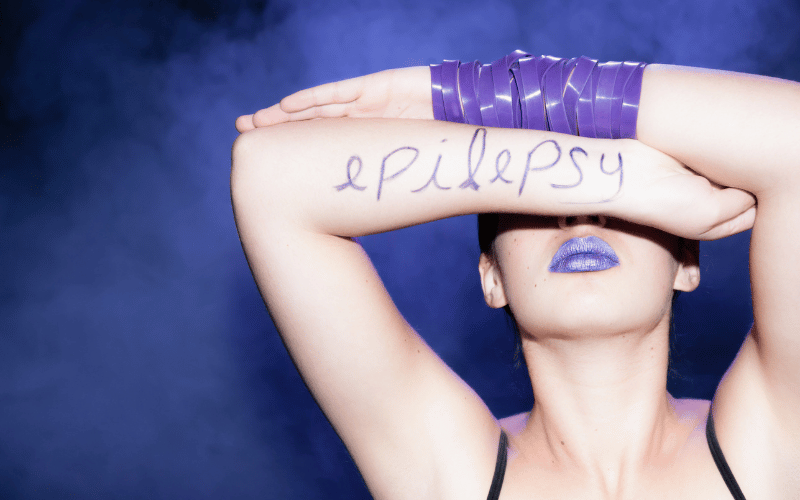Introduction: Understanding Juvenile Myoclonic Epilepsy

The neurological realm is vast, intricate, and occasionally, disconcerting. Among the myriad conditions in this domain, Juvenile Myoclonic Epilepsy (JME) has its niche.
Targeting the adolescent bracket, JME is less about the melodramatic seizures we witness in media and more about the subtle, often overlooked signs. As we journey through the most distinct symptoms of JME, you’ll discover the nuances that distinguish it. Recognizing these can be transformative, offering the affected a path to better management and understanding.
1. Morning Myoclonic Jerks: A Startling Awakening

The cornerstone of JME lies in its characteristic morning myoclonic jerks. The very term “myoclonic” is rooted in these sudden, involuntary muscle spasms. Visualize waking up, stretching your arms, and feeling an abrupt twitch, causing a momentary pause in your morning routine. These are not the regular twitches of a dream disturbed or the body adjusting from the state of rest.
Most people experience muscle twitches occasionally, especially when drifting between sleep stages or after sudden wakefulness from a vivid dream. But the jerkiness associated with JME is distinct. Their occurrence, especially in the hours immediately after waking up, is particularly pronounced in JME patients.
Furthermore, these jerks can sometimes be so forceful that they can result in throwing objects the person might be holding or causing them to fall if standing. It’s an unpredictable symptom, making morning routines a challenge for many sufferers. The key is understanding, adapting, and seeking timely medical intervention. (1)